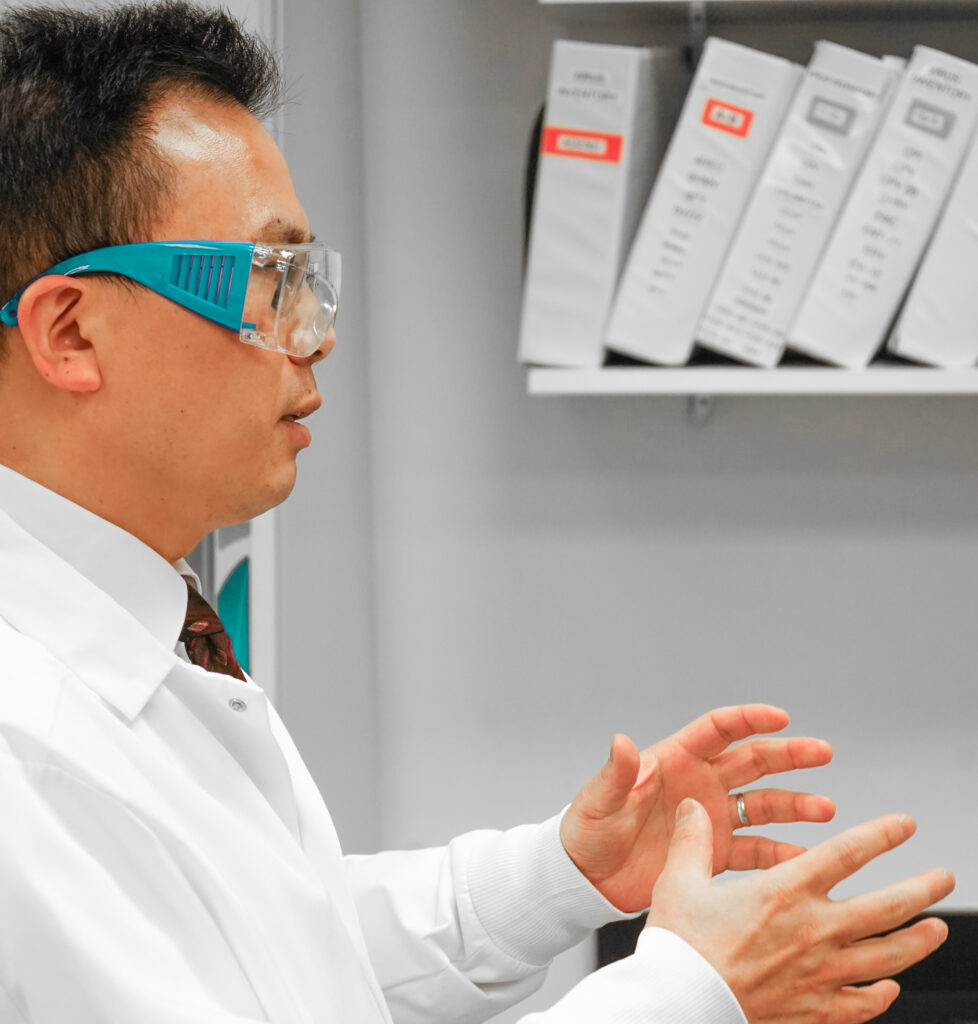Dr. Zhou’s Forward of “Variability and Relative Order of Susceptibility of Non-enveloped Viruses to Chemical Inactivation”

The book chapter, titled “Variability and Relative Order of Susceptibility of Non-enveloped Viruses to Chemical Inactivation” offered a comprehensive review of the efficacy data in the literature for several commonly seen chemical active ingredients such as alcohols (ethanol and isopropyl alcohol), oxidizers (bleach, hypochlorous acid, chlorine dioxide, hydrogen peroxide, peracetic acid, etc.), quaternary ammonium compounds, acids, alkalines, aldehydes, and phenolics against non-enveloped viruses. The chapter compared those data to the traditional theory of “hierarchy” of pathogen susceptibility; and highlighted those that agreed with the hierarchy vs. those that did not. Besides a discussion on the possible mechanisms for those differences, the chapter also summarized the relative order of susceptibility among non-enveloped viruses to each type of chemistry. This article could help readers better understand the similarities and differences among non-enveloped viruses. It may also be a helpful resource for decision-makers in the review of the infection control and/or contamination control strategy for healthcare, pharmaceutical, food, and other products.
You can find the complete work here: Variability and Relative Order of Susceptibility of Non-Enveloped Viruses to Chemical Inactivation